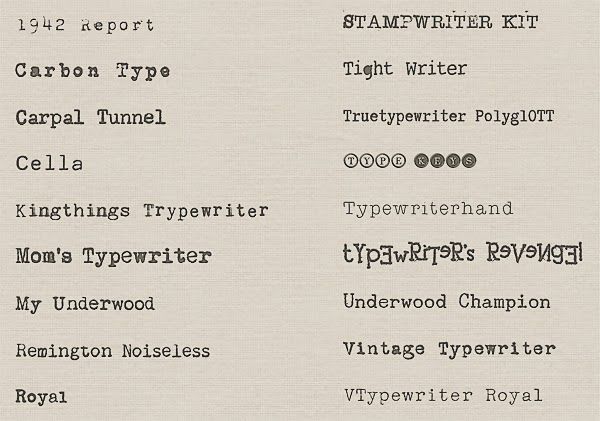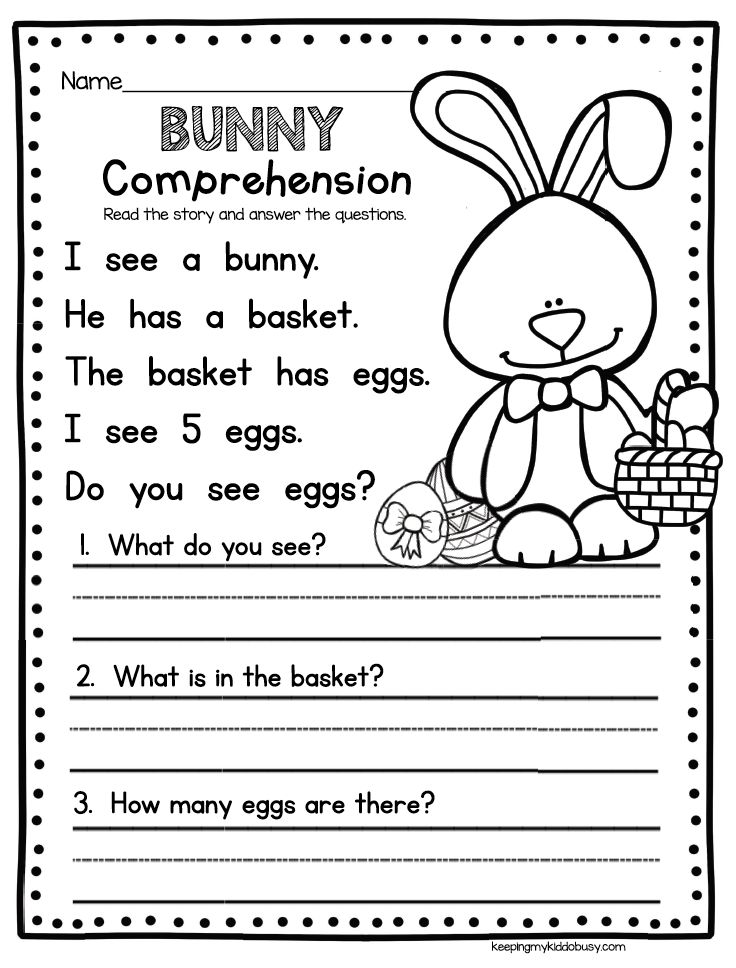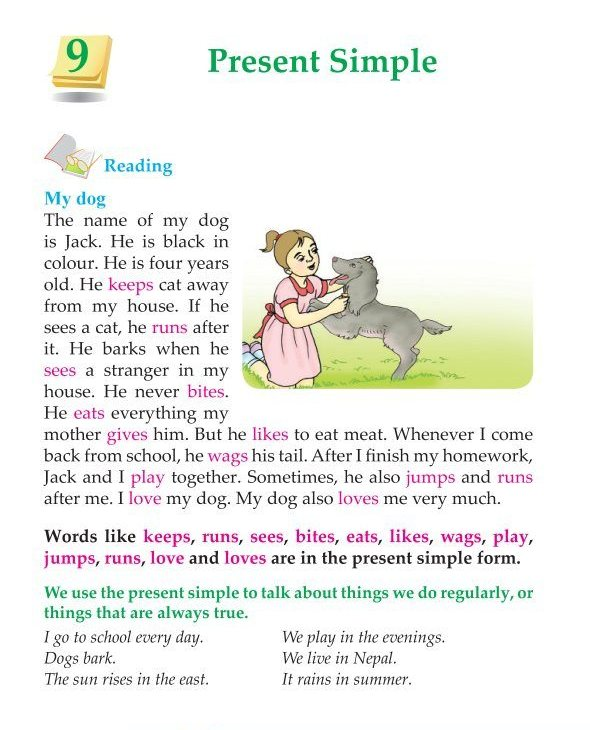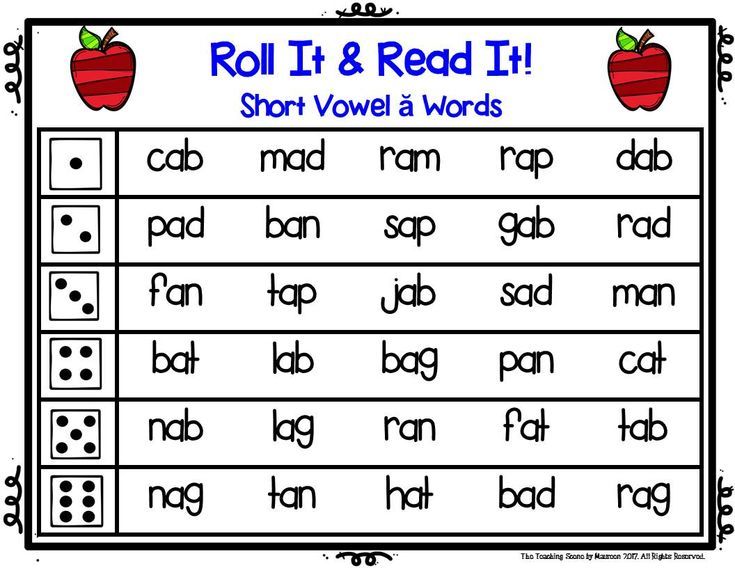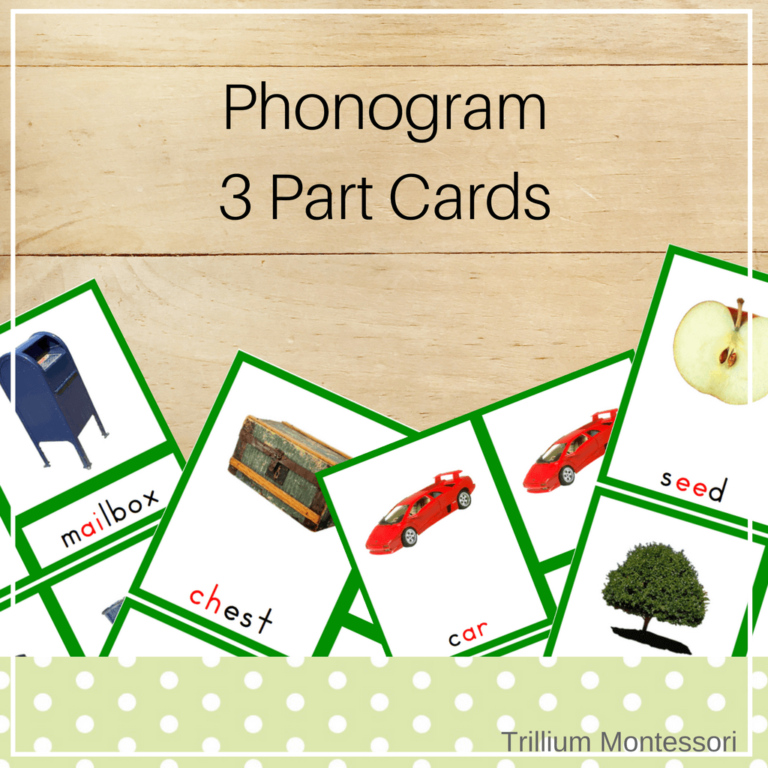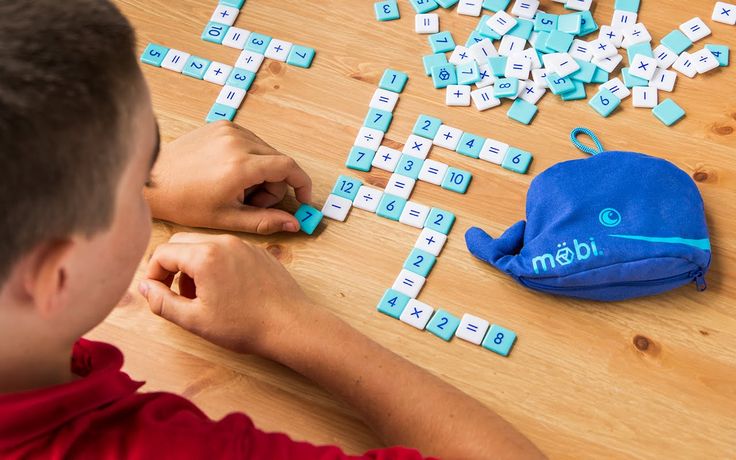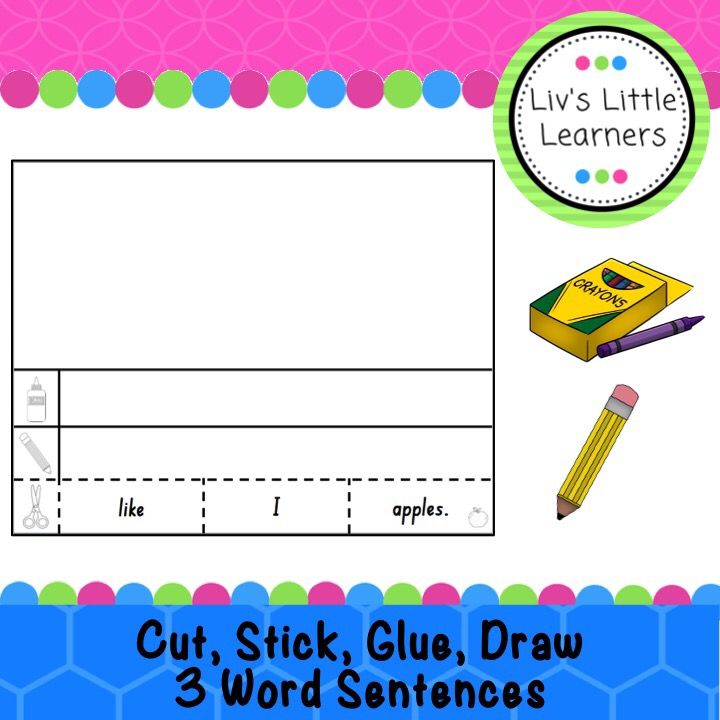Learning the sound of letters
5 Fun And Easy Tips
Letter sounds are one of the very first things your child will encounter when they begin to explore reading.
By recognizing the phonetic sounds that alphabetic letters make, your child will take their first big step toward associating words with their individual sounds, an essential tool for, when the time is right, sounding out words.
Most new readers start from the same place — by learning their letters! And no matter where your child is on their reading journey, working with them on their letter sounds is a great way to help strengthen their fundamental skills.
Here are five fun and effective tips for working on letter sounds with your child.
5 Fun And Easy Ways To Teach Letter Sounds
1) Touch And Feel Letters
Humans are tactile creatures, and we depend on touch to tell us a lot about the world around us. This is especially true of kids when they’re learning!
Although most traditional reading curriculums focus on auditory and visual cues for letters and their sounds, touch can be helpful, too. We have five senses, after all, so we might as well take advantage of them!
As opposed to relying solely on how a letter looks when it’s written (and flat), adding in a physical sensory element can help your child build a stronger connection to the letter sound they’re trying to learn.
Doing this engages an extra part of their brain while they learn. Not only will they know what the letter looks and sounds like but also what it “feels” like. Associating the “feel” of a letter with its pronunciation may help them gain a better understanding of letter sounds more quickly.
There are plenty of options for exploring reading through your child’s sense of touch. The best part? Your child will get to do one of their favorite things — make a mess! Letting them get messy with letters provides a great incentive to learn.
If you’d like to try this tactile learning style, you can get started by grabbing a few blank pieces of paper. Using a thick, dark marker, write out the letters you want your child to work on.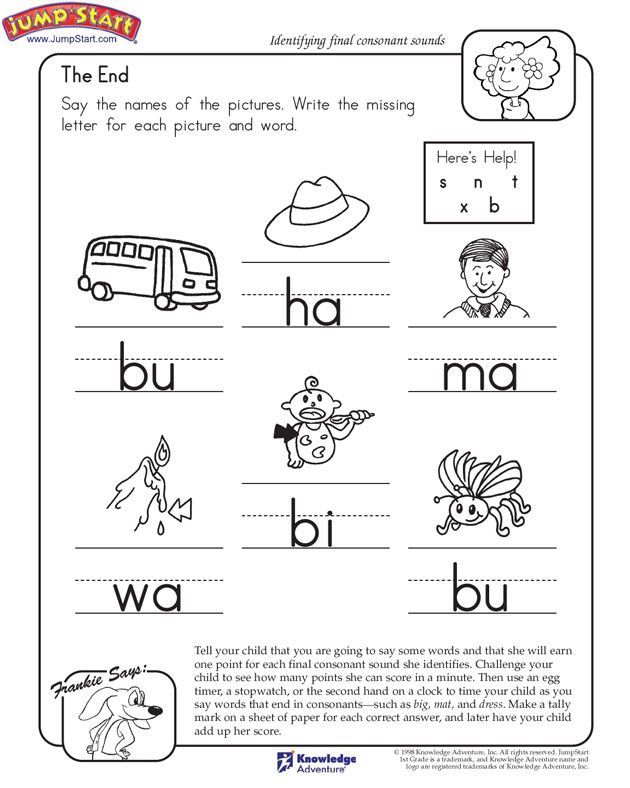
Then, you can simply grab whatever you have around the house that is malleable enough to form into letters. PlayDoh or kinetic sand are both great options.
We recommend saying the associated letter sound as your child looks at and forms the written letter with the PlayDoh or kinetic sand. You can also encourage them to shape their material over the outlined letter on the page if they need some extra guidance.
Feel free to also brainstorm words with them that share the letter sound they’re practicing. This could help them make even more connections to the letter and its sound!
If you don’t mind a little extra clean up, shaving cream can also be a great option! Simply spread out the shaving cream on a flat surface. Trace out the letter for them in the shaving cream, then ask them to do the same while you repeat the letter sound.
2) Connect Letter Sounds To Familiar Symbols
Letters and their sounds might be unfamiliar to your child. By making a connection between letter sounds and items or symbols your child might already be familiar with, you can help bridge the gap between what they don’t know yet and what they do!
Utilizing things that your child already knows and loves may encourage them to get more engaged with learning their letter sounds. Familiar ideas will also make them feel more confident and comfortable while learning.
Familiar ideas will also make them feel more confident and comfortable while learning.
For example, if you want to start with the letter “T,” consider printing out pictures of things that start with “T” that your child loves, such as trucks and tigers. Let your child choose which pictures to use, and then help them create their very own alphabet book with those images!
Working with your child to construct their personal letter-sound alphabet — a mixture of the specific picture you want them to learn to associate with a particular letter sound — is an easy and fun craft project that will pay off in the long run.
The more personalized you can make the learning process the more fun your young learner will have!
Familiarity can also help your child beyond simply learning the letter sound: it helps them build confidence! The more your child feels like they understand and know what they’re reading, the more likely they’ll be to develop an enthusiasm for learning.
3) Repetition, Repetition, Repetition
This technique focuses on repetition, which is great for getting your child familiar with their letter sounds.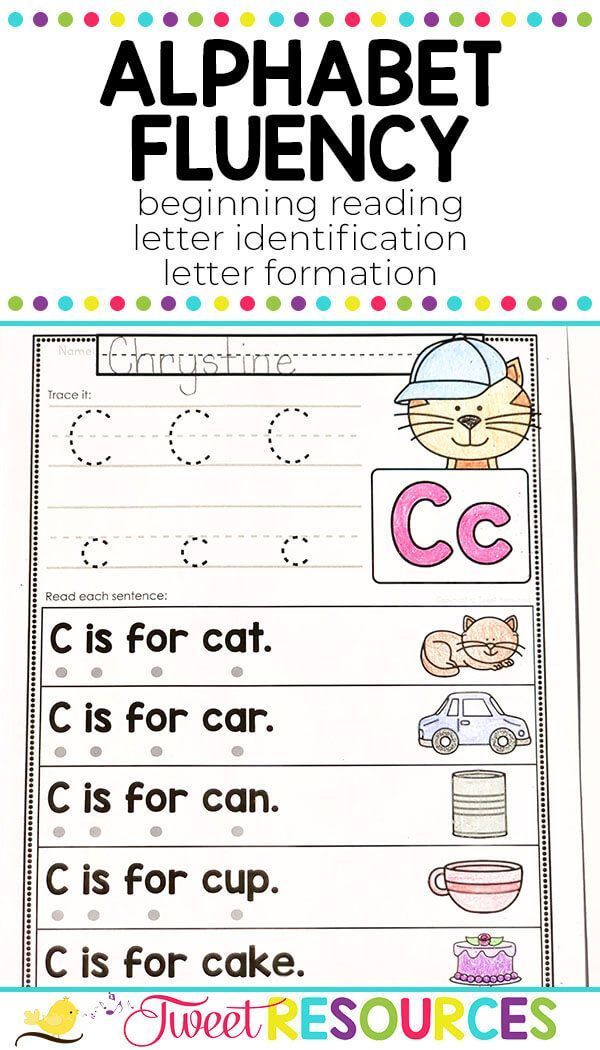 By consistently repeating the same letter sounds to them, you can help your child more easily pick up on them.
By consistently repeating the same letter sounds to them, you can help your child more easily pick up on them.
A great idea might be to focus on introducing your child to one letter sound at a time. You could make a “letter of the week” jar for your child. Place an empty jar on your counter labeled with the letter sound for the week.
Every time your child points out a word they’ve heard that starts with the letter sound of the week, they earn a “ticket” or “point” in the letter sound jar (you could also use stickers on a poster if you don’t have a jar handy).
Challenge your child to gain three or four points (or more!) during the day. You’ll want the jar to be somewhere your child sees it often — maybe in the kitchen so you can prompt your learner to think of a word while you’re making dinner or washing dishes!
They don’t have to rely on only the things they hear or see in real life, especially when it comes to those trickier letter sounds (like x, q, or z). Consider using some of your daily reading time to flip through magazines or books and point out the letter sound whenever you come across it.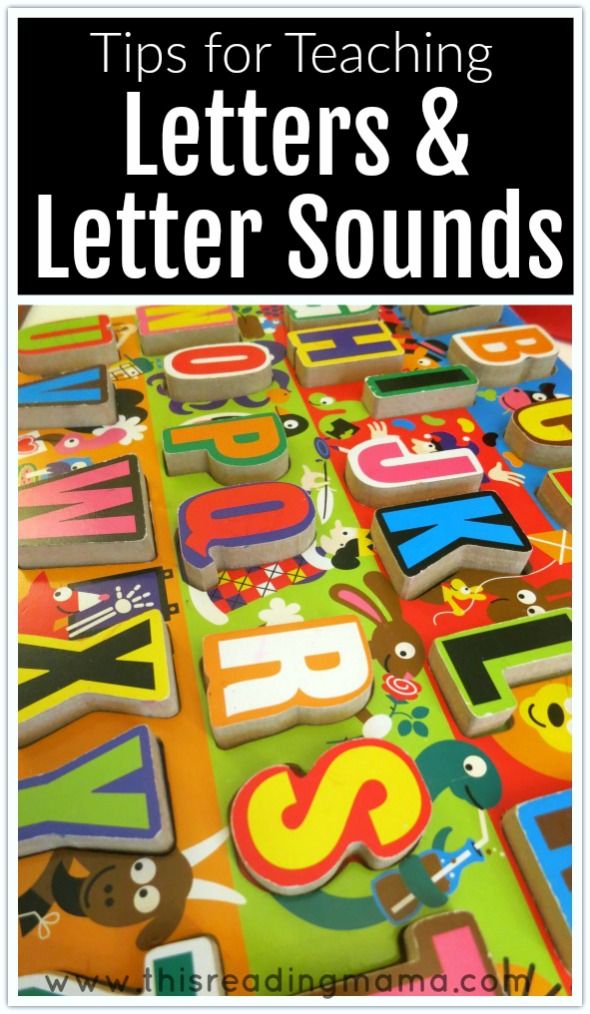
Emphasizing repetition this way really gives your child the chance to focus intensely on a single letter and explore the primary sound it represents!
Giving them ample amounts of time, practice, and exposure to one sound at a time may help them with their learning longevity.
4) Digital Letters In The 21st Century
Technology is a huge new factor in modern-day learning. Not only do children learn how to read and write texts, but now they also have to learn how to use a keyboard at a very young age.
While too much media time can be bad for your child, there are ways to be mindful about media consumption and incorporate media into their letter-sound learning. Especially for busy families, media can be a really useful asset to add to your parenting tool belt.
If you’re looking for a safe, personalized, and reliable place for your child to work on their reading and letter-sound skills, our online learning center has tons of playful games and exercises!
Your child can also use a simple keyboard to engage their letter-sound skills.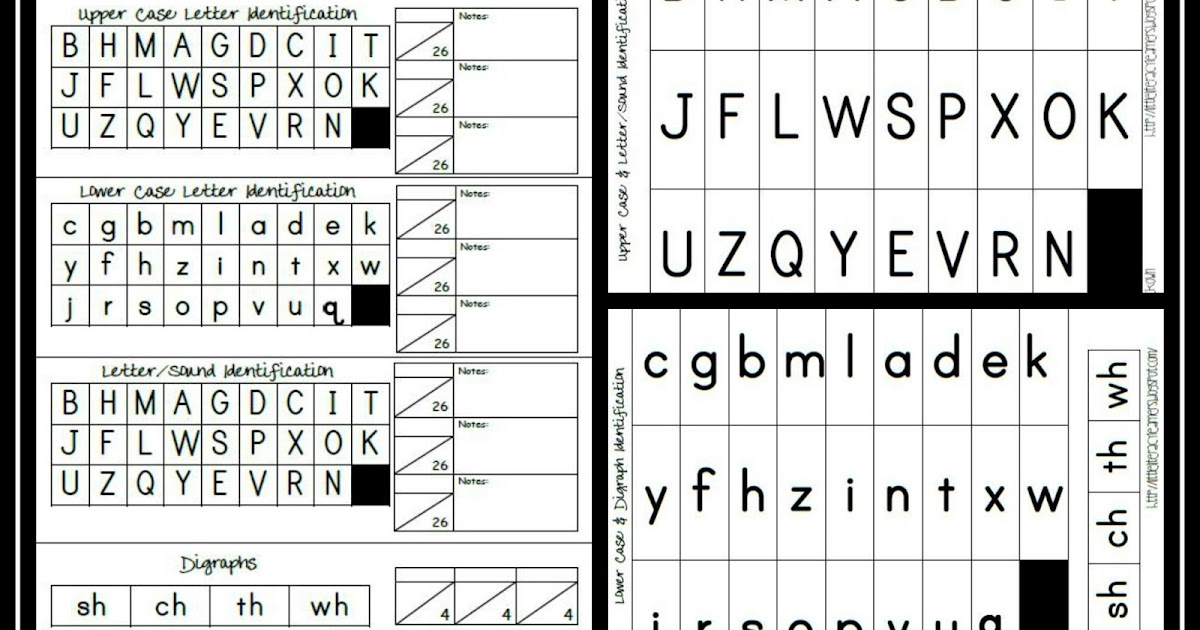 For this activity, you can call out the sound of a letter and ask your child to hit or point to the letter it matches on a keyboard.
For this activity, you can call out the sound of a letter and ask your child to hit or point to the letter it matches on a keyboard.
This exercise is easy and versatile, as you can use any keyboard you have around — on your phone, your computer, or a device designed for kids. And your child will probably love pretending to be a grown-up just like you!
5) Bingo
Classics are classics for a reason. And Bingo is a time-tested, kid-approved game!
If you’d like to take a shot at this activity, draw or print out a Bingo sheet that has pictures of things your child is familiar with (remember tip #2!). We recommend sticking to things they see daily, like apples (for the “a” letter sound), bikes (for the “b” letter sound), and so on.
To play, call out a letter sound and instruct your child to mark off the picture that begins with the same sound. If your child has siblings or neighborhood friends, consider inviting them to play along (it makes for a great virtual game, too).
The first to make it to bingo wins!
Making Letter Sounds Fun And Functional
We hope these tips were helpful and gave you some creative ideas for how to get your child engaged with letter sounds (while having a blast along the way!).
We always want to leave you with a reminder that on the journey toward helping your child become a confident, enthusiastic reader, it may take some time to discover what learning strategies are the perfect fit for them. That’s OK!
If you ever need a little extra help or want to switch up your child’s learning routine, our learning center is always open and full of engaging and effective exercises for your emerging reader!
Author
Help Your Child Learn Alphabet Sounds!
Site Search
Site Search
Shop Now
Teaching Tips
December 15, 2020
0
4 mins
Alphabet knowledge is one of the first building blocks of education, the moment when children begin learning the letters of the alphabet.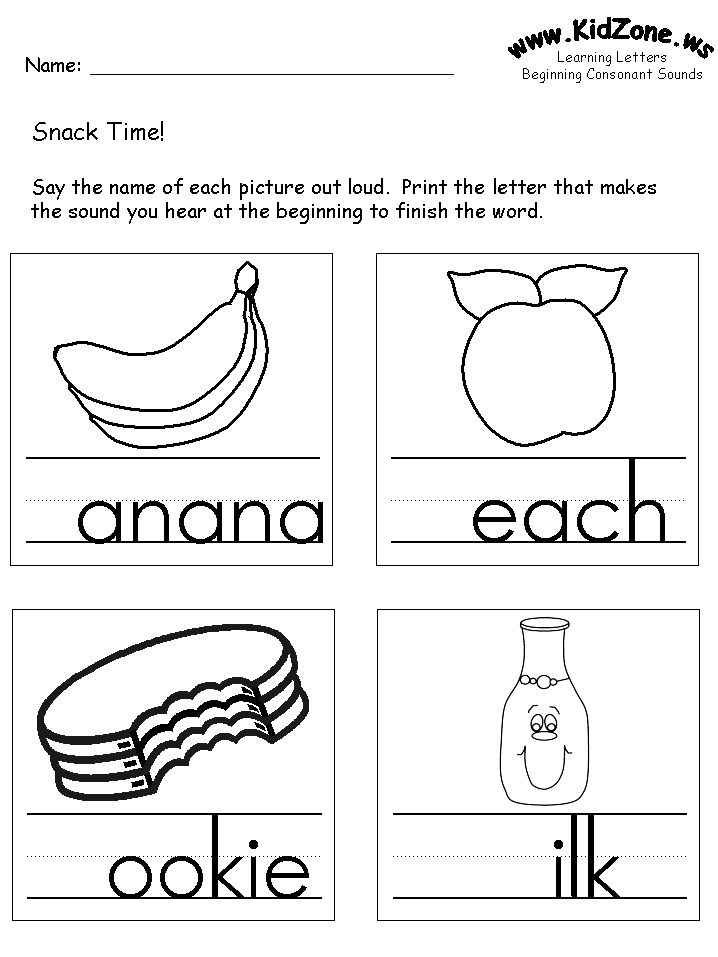 As the stepping stones of language, learning the alphabet is one of the first ways we develop the skills necessary to read and write. In fact, studies show that the ability to name the letters of the alphabet during Pre-K and kindergarten is a well-established predictor of children's literacy skills later in life. Properly knowing the alphabet means that the child can distinguish between the 26 letters of the alphabet and can also verbalize those letter sounds. There are many different ways to approach teaching the alphabet, and because every child is different, multiple teaching methods should be considered to ensure that all students are on the same path toward mastering letter sounds.
As the stepping stones of language, learning the alphabet is one of the first ways we develop the skills necessary to read and write. In fact, studies show that the ability to name the letters of the alphabet during Pre-K and kindergarten is a well-established predictor of children's literacy skills later in life. Properly knowing the alphabet means that the child can distinguish between the 26 letters of the alphabet and can also verbalize those letter sounds. There are many different ways to approach teaching the alphabet, and because every child is different, multiple teaching methods should be considered to ensure that all students are on the same path toward mastering letter sounds.
Tips for Teaching Letter Sounds
Many factors play a role in a child’s quest toward learning the alphabet. When teaching letter sounds, it's important to consider that students have varied learning styles. It is best to use a combination of visual, tactile, and auditory strategies in order to reach learners most effectively.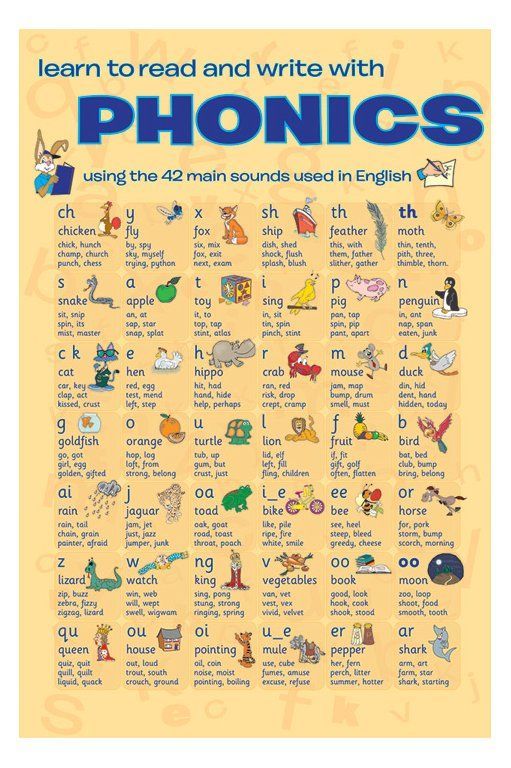 Taking advantage of all possible approaches and beginning at an appropriate pace for the age group is key for making sure the child has learned the alphabet.
Taking advantage of all possible approaches and beginning at an appropriate pace for the age group is key for making sure the child has learned the alphabet.
Preschool vs Kindergarten
Establishing the child’s starting point is crucial for properly knowing where to begin in regards to the child learning letter sounds. In Pre-K, students are beginning to establish phonemic awareness, and these skills can grow quickly. By establishing the learner’s baseline, you are able to help them achieve greater growth throughout their Pre-K and kindergarten years.
Start With Their Name
Taking full advantage of meaningful literacy during early childhood education is a great way to connect lessons with the student in an intimate and fun way. Starting with teaching the child’s name guarantees that there will be a personal connection to the letters of the alphabet and teaching the letter sounds of their name will help them to remember certain letters and touch on correct letter order as well.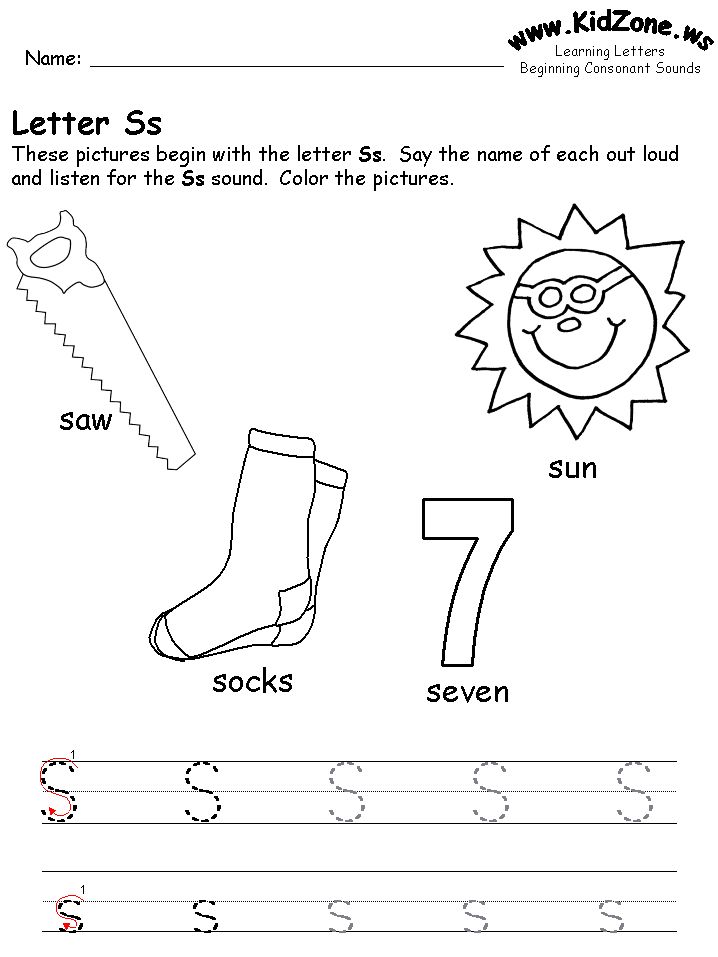 Start with their name and then move on to other personal buzzwords such as their favorite food, color, and so on.
Start with their name and then move on to other personal buzzwords such as their favorite food, color, and so on.
Capital Letters First
When teaching letter sounds, children typically learn capital letters first so it’s much easier for them to recognize capital letters than lowercase letters. When using visual materials for teaching letter sounds, begin with mastering capital letters of the alphabet and then move forward to incorporate lowercase letters as well. This allows them to have a foundation for letter sounds while then focusing on letter recitation overall.
Use Visual Cues
Visual cues are a huge helping hand in the quest for properly teaching alphabet letters and sounds. Combining verbal and visual instruction to provide aid for the child allows them to commit the letters to memory and recall those letters later on.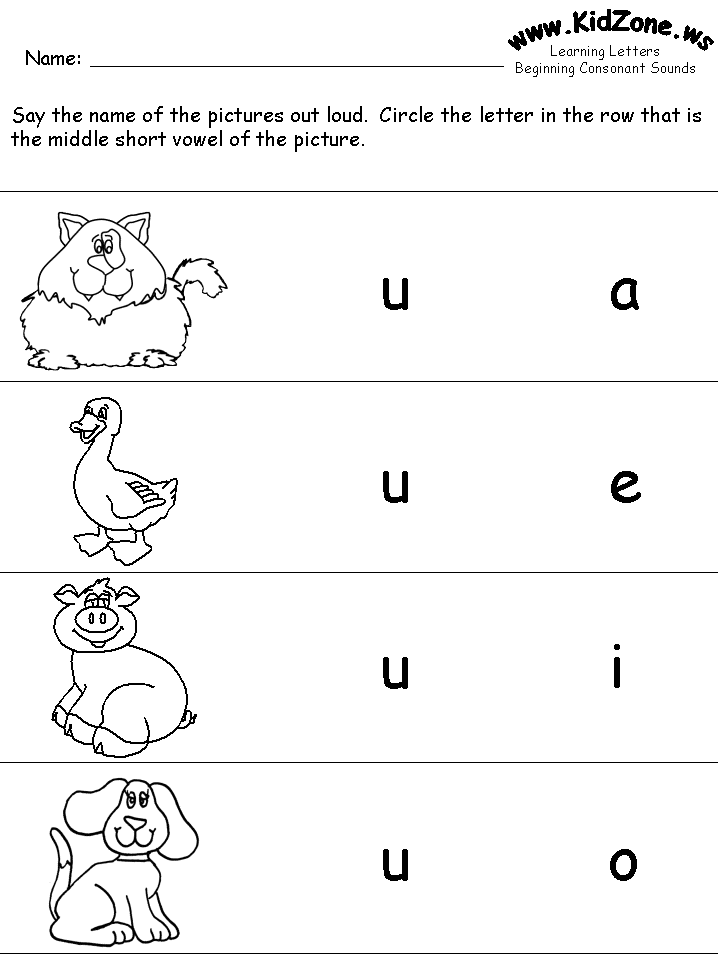 Consider using physically engaging alphabet resources to help give kids visual assistance in learning letters and sounds. Some great tools we suggest include:
Consider using physically engaging alphabet resources to help give kids visual assistance in learning letters and sounds. Some great tools we suggest include:
Letters or Letter Sounds First?
Each student is unique! Some children will have an easier time identifying the letter, while others may have a better time learning the sound before the corresponding letter. Take note of which direction the child is leaning toward and cater to their individual needs. But first and foremost, ensure you invest a healthy amount of time in establishing letter-sound-correspondence when teaching letters and sounds.
Mix Up the Standard Alphabet Order
A great way to ensure that the student is properly able to identify and replicate alphabet letter sounds is to change up the alphabet order. This allows the teacher to see if the student has retained the alphabet properly or has maybe relied heavily on educational tools like songs and games to be able to identify letters. A-B-C Touch & Flip Cards are a great tool for mixing up the order to ensure each letter gets its own spotlight and that the child can confidently excel in mastering the alphabet.
This allows the teacher to see if the student has retained the alphabet properly or has maybe relied heavily on educational tools like songs and games to be able to identify letters. A-B-C Touch & Flip Cards are a great tool for mixing up the order to ensure each letter gets its own spotlight and that the child can confidently excel in mastering the alphabet.
Make Letter Sounds Fun
One of the best parts of teaching letter alphabet sounds is watching the moment when it finally clicks for the child. Teaching letter sounds should be a fun experience for the child. That positivity helps encourage comprehension and encourages further development of these skills. Try playing games, singing catchy alphabet songs, or even assigning alphabet-based art assignments to help make learning the alphabet a fun experience.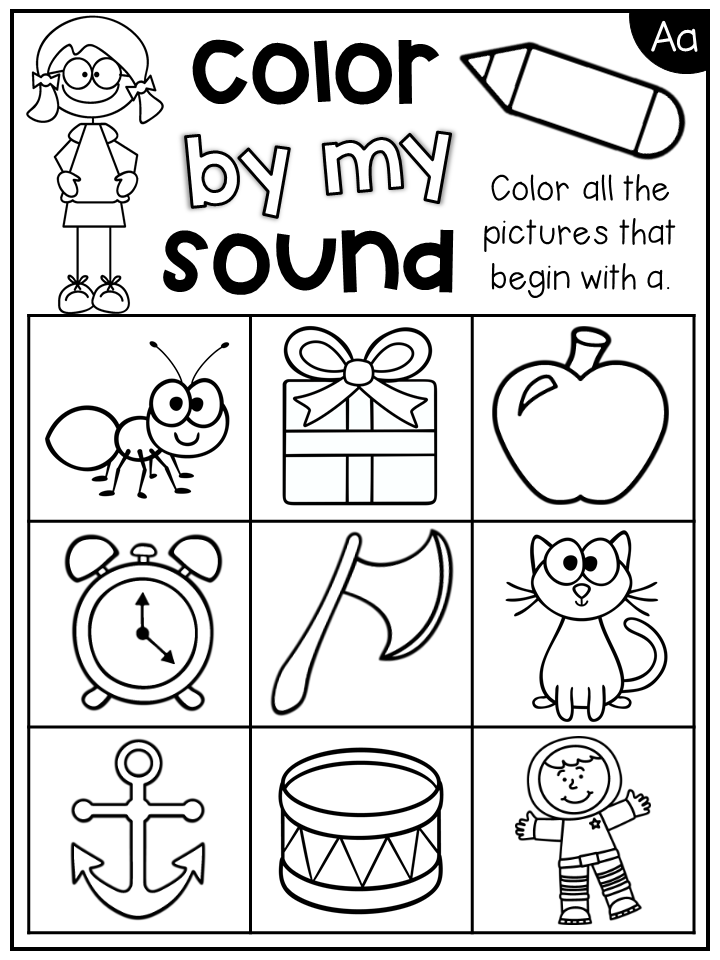
Learning Without Tears Knows Letter Sounds!
Once a child has confidently mastered letter sounds and the alphabet, they’ve taken the first step toward literacy, vocabulary, language development, and more. With a combination of enriching alphabet learning materials and enough consistent practice, any child will be on their way to confidently know the alphabet.
Learning Without Tears seeks to help families, educators, and children get prepared for learning with innovative educational materials and professional resources. We want every child to be set up for success through each step of their learning journey, with engaging and worthwhile materials for K-5 students. Regardless of whether the child is learning in a traditional classroom or at home, Learning Without Tears provides access to proven curricula, industry insight, and enriching products that help make teaching and learning the alphabet a fun experience.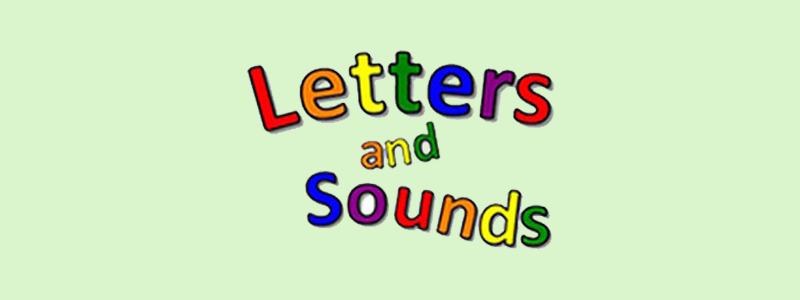
Source: Piasta, Petscher & Justice, 2012
Related Tags
Home Connection
Home Connection, Teaching Tips, Multisensory Learning, Readiness
Handwriting Development Through Developmentally Appropriate Practices from Ages 2-5
August 13, 2021
0 4 min
Ask the Experts, Teaching Tips, Multisensory Learning, Readiness, Home Connection
Why is Literacy Development Important for Children?
June 17, 2021
0 4 min
Ask the Experts, Teaching Tips, Multisensory Learning, Readiness, Home Connection
Naming Letters Is Not a Straight Path to Literacy: Here’s Why
April 15, 2021
4 2 mins
There are no comments
Stay Connected and Save 10%Sign up for our newsletter and get the latest updates, Classroom tips & free downloads.
Comments
How to teach a child to pronounce sounds correctly [v] [k] [n] and [l]
The main task of a speech therapist in a preschool educational institution is to establish literacy training for children in the older group, the sound v, g, k, l should be trained with the child in such a way that so that he learns to speak correctly.
Only a professional can set the right sound for a child. The task of a speech therapist in the garden is to teach the standard pronunciation of letters and sounds, to fix articulation.
Sounds in speech therapy are divided into several groups according to the place of education:
- labiodental;
- anterior lingual;
- middle-lingual;
- posterior lingual.
By place of formation:
- trembling;
- side;
- middle;
- nasal;
- voiced;
- deaf.
Important! After regular practice, the baby should pronounce all hissing and whistling sounds so that they are clearly audible and understandable.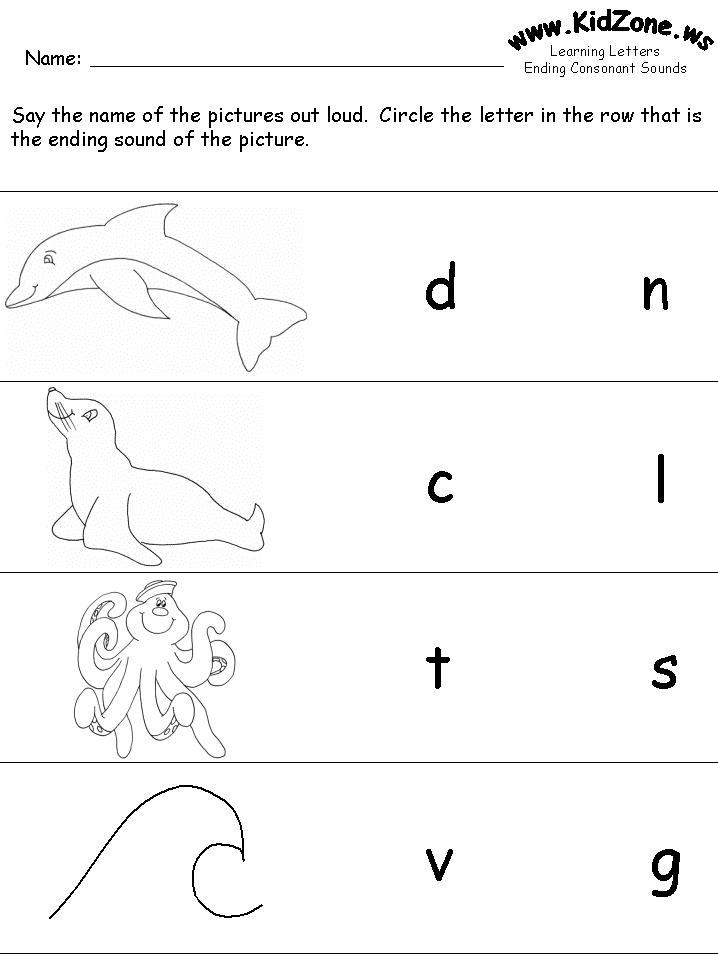 The condition for correct pronunciation is articulation. nine0003
The condition for correct pronunciation is articulation. nine0003
Classification of Russian sounds
There are 42 sounds in Russian, vowels and consonants.
- vowels - [a], [s], [e], [i], [y], [o];
- voiced - [c], [h], [g], [d], [g];
- sonorants - [m], [n], [l], [r];
- deaf - [s], [w], [f], [x], [u], [h].
A child does not need to learn all the sounds in kindergarten, but he must understand the mechanism of their formation and clearly pronounce both hissing and whistling. nine0003
Sounds in Russian
Table of groups of sounds
Speech therapist teaches a child not only to speak, but to do it in accordance with the norms of the language. Ideally, at least an average result should be achieved when the speech is delivered, but it needs to be consolidated.
Table for dividing sounds into groups:
| Paired | Unpaired | |
| Voiced | b, c, d, e, h, g | l,m,n,r |
| Blind | p, f, k, t, s, u | x, c, h ‘, w ‘ |
| Solid | b, c, d, d, z, k, l, m, n, p, r, s, t, f, x | w,w,c |
| Soft | b',v',g',d',z', k',l',m',n',p',r',s', t',f',x' | w', w', c' |
| Sizzling | ||
| w, w, h‘, w‘ | nine0075||
Attention! When pronouncing sounds from different groups, the position of the tongue changes. A kid in kindergarten must learn to distinguish types of sounds and use articulation.
A kid in kindergarten must learn to distinguish types of sounds and use articulation.
How to teach a child to say the letter B
Speech therapy in a preschool educational institution is needed so that the child can go to the lower grade at school with good pronunciation. Difficulties arise when setting different letters, including the letter [v].
Articulation gymnastics
In order for the baby to be able to pronounce the letter “v” normally, you need to do the following:
- training begins with the phrase “the wind howls”. The teacher shows the child how to bite the lower lip during pronunciation in order to get a sound;
- it is important to explain that the lower lip is only slightly bitten by the teeth during a conversation;
- if it doesn’t work, the speech therapist lightly presses his finger on the lower lip.
Additional information! When pronouncing the sound "v", the articulation is the same as with "f", it is only important to close the vocal cords.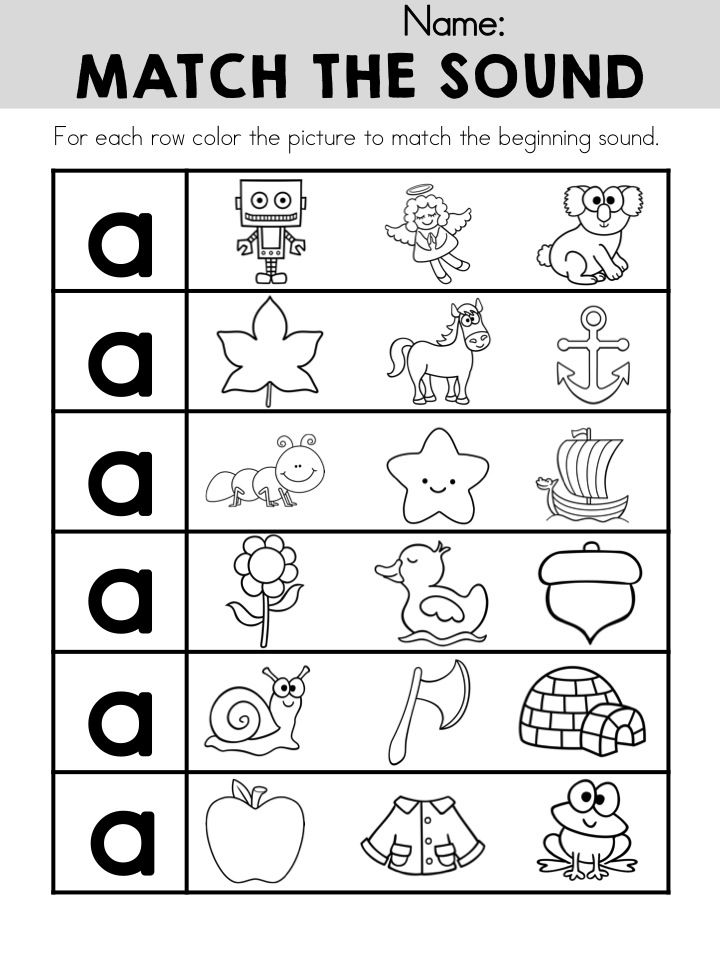 nine0003
nine0003
Sound production exercises
Before going to kindergarten, the child must learn to pronounce the words with "v". Violations are rare, only in the presence of lip defects.
Exercises:
- Raise the upper lip several times.
- Lower the lower lip.
- Make a "fence".
- Retract the lips inside the mouth, pressing them against the teeth.
Speech therapy program for preschoolers according to GEF
After the articulation exercises, the child should pronounce the words “wolf”, “wind”, “rope” several times.
Tasks for automating the skill of pronunciation [v] and [v]
Conducting a sound lesson in an older group, a speech therapist achieves automatic pronunciation, as a result of which differentiation of sounds occurs. In a year, the child should go to school, where it is possible to continue working on speech, but sounds such as "v" and "f" should be worked out as early as possible.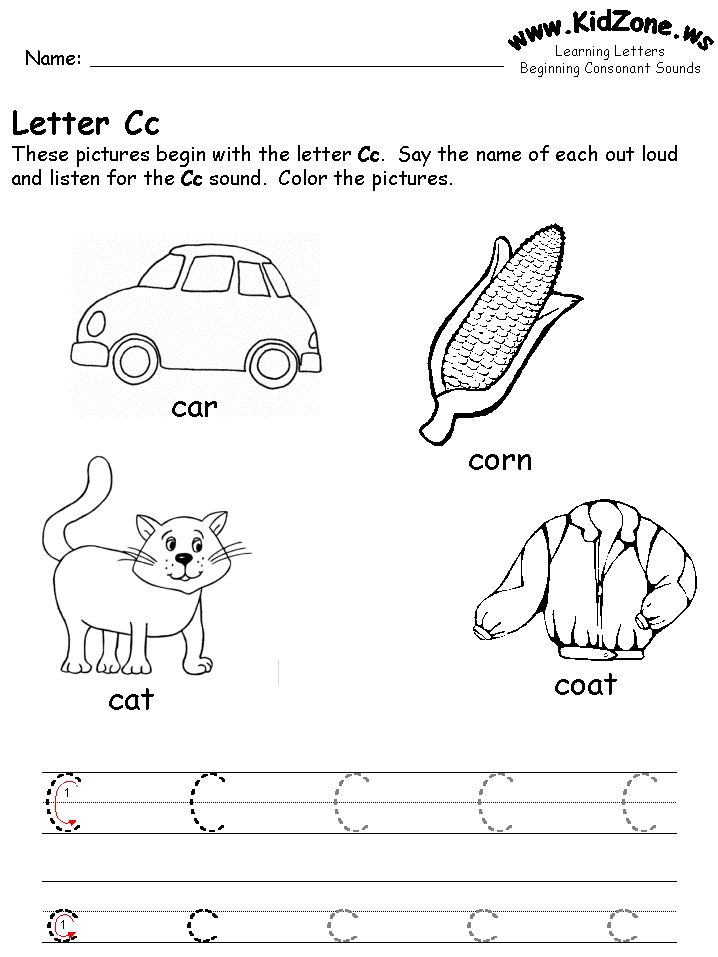 nine0003
nine0003
Exercises are performed in the preschool and given at home:
- the lower lip approaches the upper teeth and exhalation is done, you can ask the child to portray a rabbit, and slightly expose the upper row of teeth;
- for working out "f", softness is added to "v".
Additional information! To automate the skill, the child must read words containing "v" and "f": muskrat, exit, farm, purple, focus, wind, pinwheel.
Speech therapy lesson in the garden sound p is carried out according to the following program:
- Organizational moment, the beginning of the lesson. Children enter the office, the speech therapist makes 5-6 riddles, after which he announces the topic of the lesson.
- The teacher reads a poem in order to develop speech hearing.
- Articulation of the sound "p". The speech therapist asks the children if "p" is a vowel or a consonant, shows how to pronounce it and asks them to repeat after themselves, noting the guys who do not succeed.
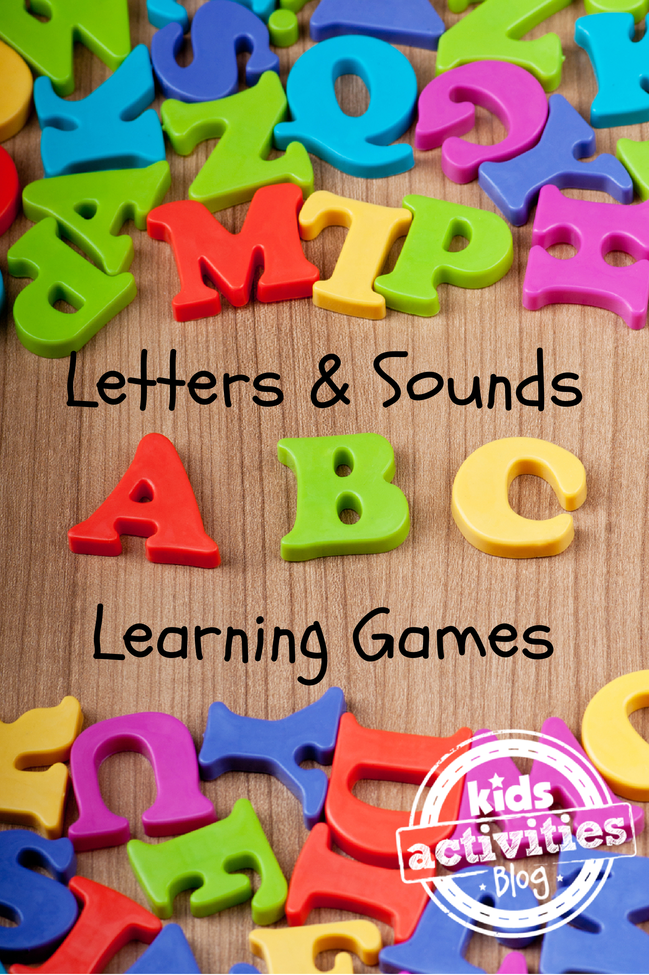 Individual work will be carried out with them. nine0009 Exercise "Attentive ears". The teacher reads the text and asks to clap when the children hear the letter "p".
Individual work will be carried out with them. nine0009 Exercise "Attentive ears". The teacher reads the text and asks to clap when the children hear the letter "p". - Work in a notebook - writing a letter, choosing words.
- Zaitsev Cubes. Children find the syllables PA, PO, PU and pronounce them.
At the end of the lesson, children are given homework - to find words and sentences with the letter "p", write them down and learn how to pronounce them.
How to teach a child to pronounce the letter K
Parents often ask a speech therapist how to teach a child to pronounce the letter k. There is only one answer - the most effective method is constant pronunciation. nine0003
The simplest task is to regularly pronounce words with the letter "k": cabbage, strawberry, potato, card, book, dill, spark.
At the same time, it is important to focus the child's attention on this letter, pronounce it clearly and slowly. Children most often achieve the main progress in pronunciation in classes at preschool educational institutions.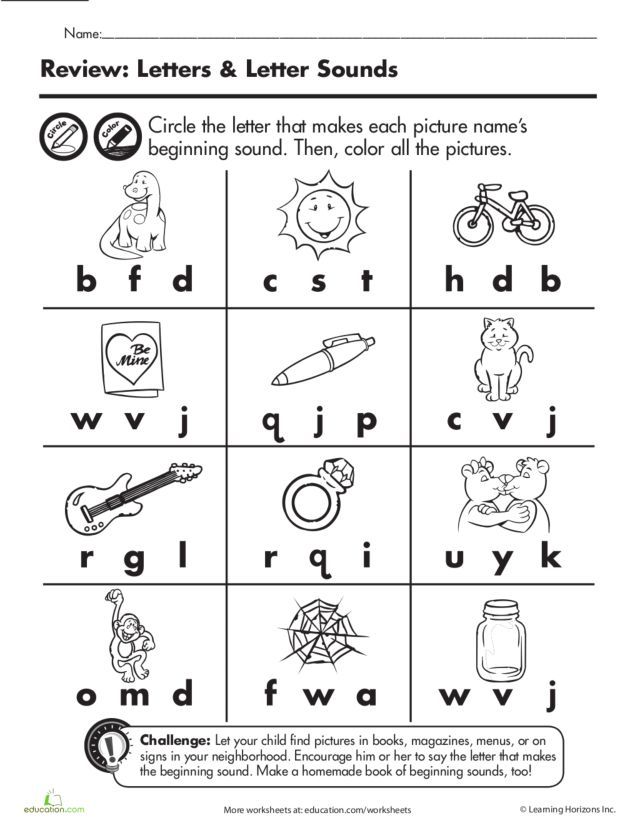
Speech therapy lesson on the differentiation of sounds [g] and [k]
How to teach a child to say the letter k if he refuses to do speech therapy? Home workouts often do not bring the expected result, but in the kindergarten, the speech therapist uses a playful approach and lures the child into the game. For the lesson, a ready-made outline is used. nine0003
The progress of the lesson on the differentiation of "g" and "k":
- The teacher invites the child to guess riddles, the answer to which contains practiced sounds. Then he announces the topic of the lesson and the goal.
- Toddlers are asked the question: "What is the difference between "g" and "k"?. Children should say that they have a different sound, position of teeth and tongue when pronouncing. The speech therapist invites children to pronounce words with their hands on their throats. The sound is very different.
- Work with notebooks is in progress. The guys write down the syllables: gu-ku, gi-ki, go-ko, ha-ka and pronounce them.
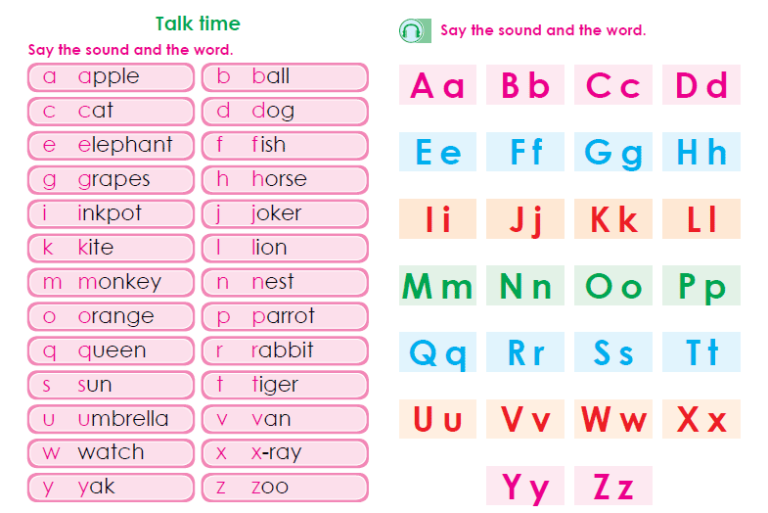 What is important is a fast pace and its alternation with a slow one. nine0010
What is important is a fast pace and its alternation with a slow one. nine0010 - At the end of the lesson, the children say tongue-twisters: "ha-ha-ha - the geese went out to the meadows."
Articulation gymnastics for sound L
After the main block of the lesson, the children do a warm-up, and then they do an exercise in which they need to insert the missing letters in the word.
Important! A speech therapist during a lesson draws attention to children who have the most difficulty in pronunciation, and then conducts individual work with them.
One of the most "difficult" is the sound of a speech therapy lesson in a preschool educational institution allows you to solve the problem.
Many children skip the letter "l" and say words like this: "uzhka" instead of a spoon, or "apa" instead of paw. Pronunciation often solves the problem, but sometimes a deeper study of speech is required.
Articulation during pronunciation should be as follows: the lips are stretched into a smile, and through clenched teeth the child pronounces a sound.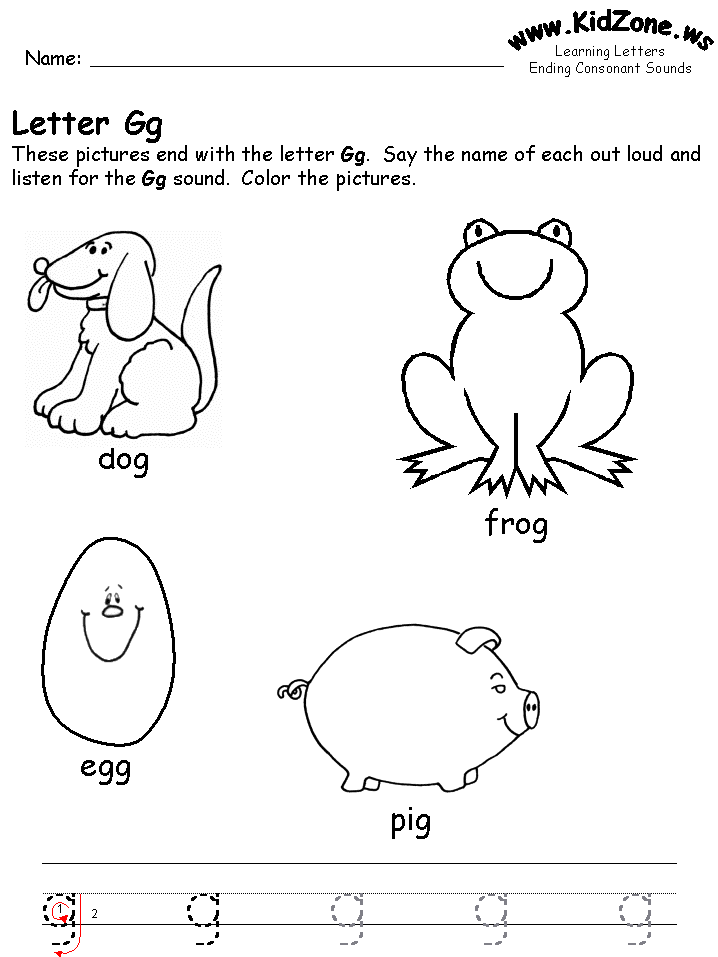 The task of the speech therapist is to ensure that the pronunciation is not too soft. The tongue should allow air to pass through, and not rest against the teeth. nine0003
The task of the speech therapist is to ensure that the pronunciation is not too soft. The tongue should allow air to pass through, and not rest against the teeth. nine0003
To put the correct “l”, you need to do the following:
- The child smiles widely and shows his teeth.
- He puts pressure on them with the tip of his tongue and starts to hum strongly, imitating a steam locomotive.
- If the sound remains soft, you can try another method. The child bites the tip of the tongue and begins to breathe loudly through the mouth, passing air through the gaps between the tongue and teeth. At this moment, you need to pronounce the sound until it turns out to be firm and clear. nine0010
To consolidate the result, the teacher invites the child to pronounce a few words: hide the tongue behind the teeth and work out the set sound for a few more days.
Articulation gymnastics:
- big smile. You need to smile, then close your lips, smile again, repeating this action 5-8 times.
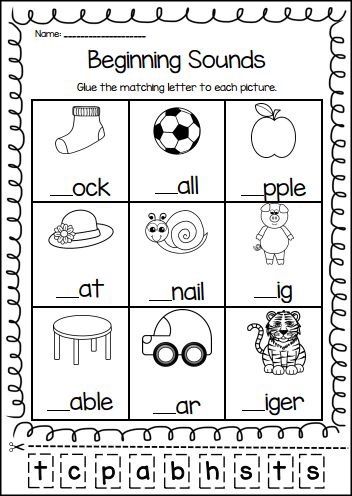 Each time you need to make a wide grimace and hold it for ten seconds; nine0010
Each time you need to make a wide grimace and hold it for ten seconds; nine0010 - breeze. A simple exercise, with regular repetition of which the child will learn to inhale and exhale correctly and pronounce the letter “l”. The exercise is as follows - the tongue is bitten, after which you need to blow with all your might into the holes formed. The kid is offered to imitate a hurricane wind and he does it with joy;
- candy. The child licks his mouth widely with his tongue, imagining that he has just eaten a tasty treat;
- horse, with the help of a tongue sticking to the sky, the clatter of a horse is imitated. First you need to achieve a clear and loud sound, but then, for the purity of pronunciation, the volume is reduced. As a result, the jaw must remain motionless; nine0010
- steamer. The child hides his tongue behind his teeth and in every possible way imitates the roar of the steamer "yyyyy". When performing this exercise, the mouth automatically assumes the correct position for pronouncing the sound "l".
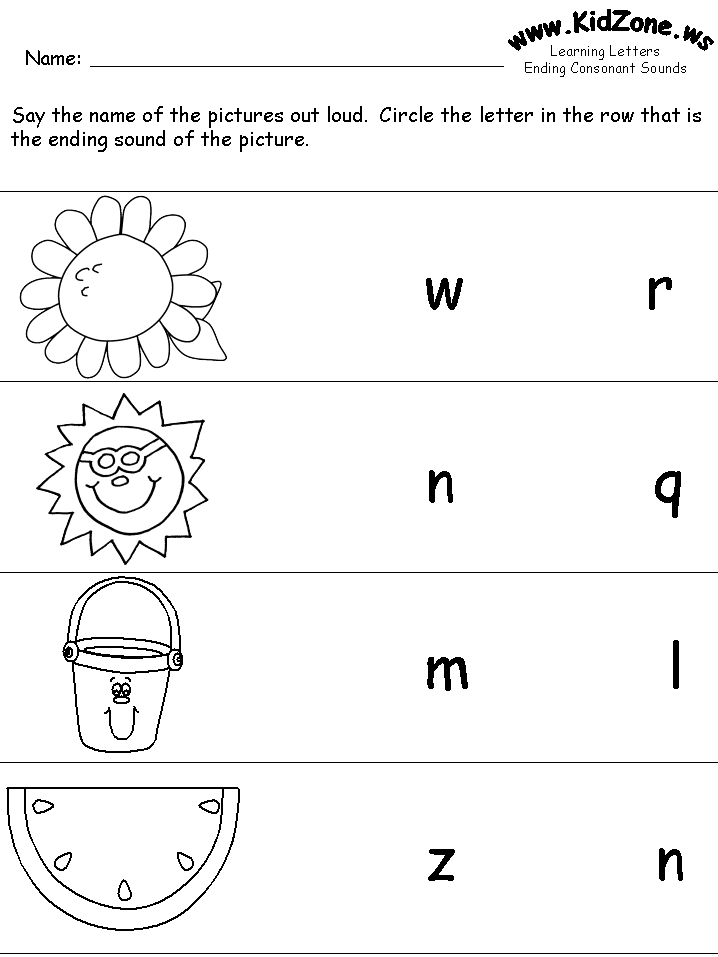
Additional information! Scientists have proven that pronunciation largely depends on how fine motor skills of hands are developed in a child. Therefore, focusing on pronunciation, it is important not to forget about the development of motor skills by sculpting figures from plasticine, finger games. nine0003
Correct pronunciation cannot be mastered in one day, it will take time. By performing articulation exercises and repeating words and syllables several times a week, you can achieve positive results.
All information is taken from open sources.
If you believe your copyright has been infringed, please contact write in the chat on this site, attaching a scan of a document confirming your right.
We will verify this and immediately remove the publication. nine0003
How to teach a child to pronounce sounds?
Every parent feels pride and joy at the same time listening to how his child learns to pronounce new words.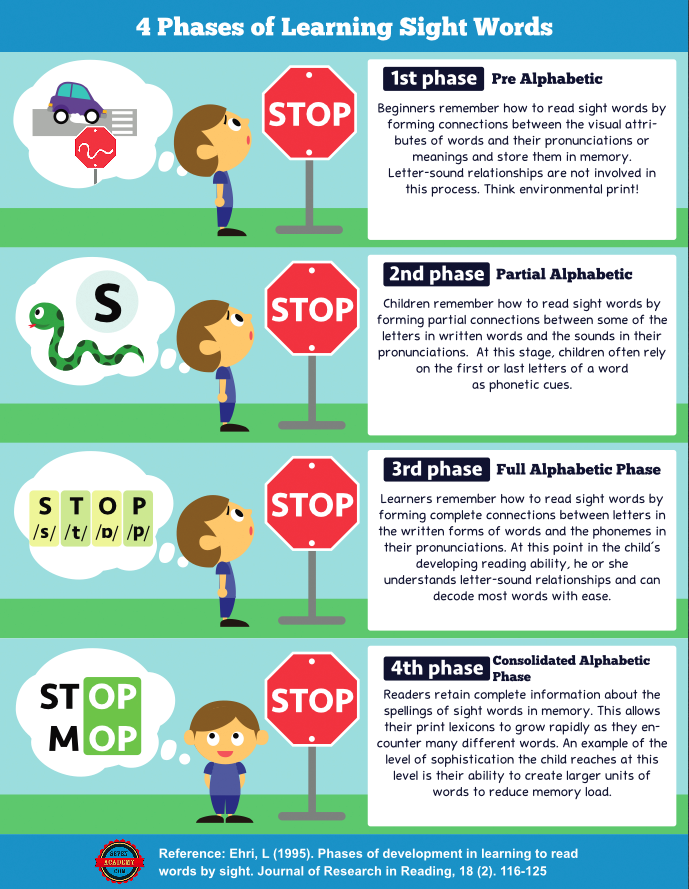 Very often, the first attempts at pronunciation are far from accurate. Of course, this sounds cute from the mouth of a baby, but everyone wants the baby to start pronouncing the words correctly as soon as possible.
Very often, the first attempts at pronunciation are far from accurate. Of course, this sounds cute from the mouth of a baby, but everyone wants the baby to start pronouncing the words correctly as soon as possible.
THE REASON IS LISP
The main mistake that many adults make is lisping. Perhaps this brings a smile to the face of the crumbs, but this is not very useful. Adults must clearly and articulately pronounce words so that the child hears the correct pronunciation. nine0003
Children have an excellent memory and they can easily remember how to pronounce a particular word. Instead, they memorize the distortions they hear from their mothers, grandmothers, aunts, and other relatives. Sinking in their speech to the level of a baby, adults, thereby complicate the process of mastering sounds. No matter how you have to correct speech, later, through the efforts of a speech therapist.
Not all speech defects require the mandatory intervention of a speech therapist.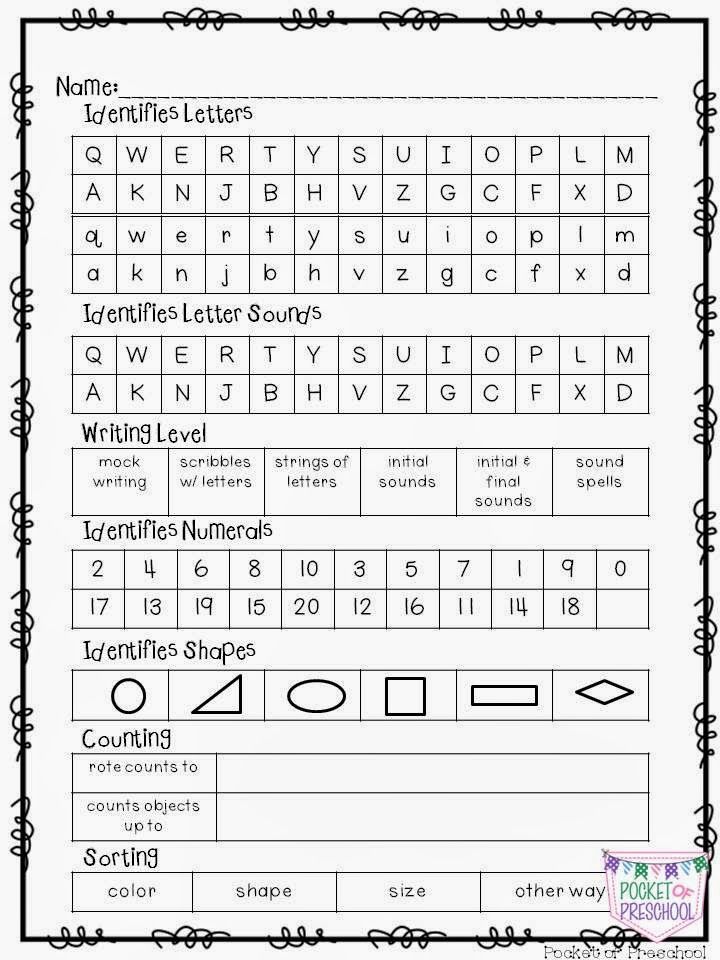 Such pronunciations that cause difficulty, such as hissing, as well as Z - S, K - G, R, L, and C, are quite within the power of parents to cope on their own. nine0003
Such pronunciations that cause difficulty, such as hissing, as well as Z - S, K - G, R, L, and C, are quite within the power of parents to cope on their own. nine0003
LEARNING TO PROnounce THE MOST DIFFICULT SOUND - "P"
Let's start with "P". The most difficult for children's perception is this sound. It is fully mastered only by 5-6 years. Here are some of the features that every parent is likely to encounter.
- - "P" drops out of the baby's vocabulary. Instead of "baby" says "oh".
- - Some children replace "R" with "L", "Y", "Y". Instead of "fish" they say "lyba", or "fish" - "yybka", "cow" - "koyova". nine0010
- - "R" does not sound "Russian" for a baby. More like English pronunciation or French burr.
To correct the inaccuracy, a number of fun but useful exercises have been developed, and always in front of a mirror. Exercises are performed with a flat back. The mirror will allow the baby to see how he is doing everything right.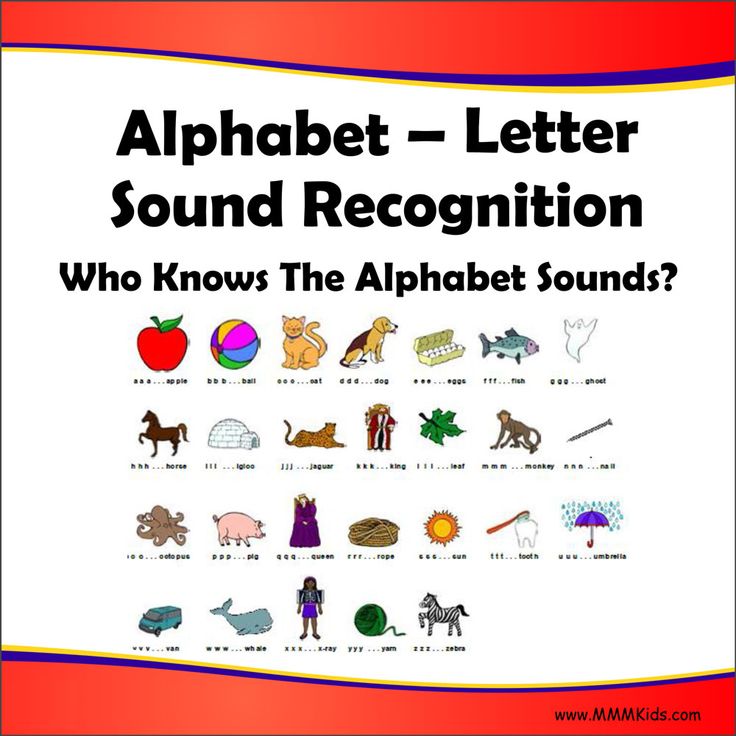 At the same time, it will teach the child to a beautiful posture.
At the same time, it will teach the child to a beautiful posture.
"Sail"
The name speaks for itself. The tongue should take the form of a sail. We open our mouth wide and hide the tip of the tongue at the top behind the teeth. We achieve that the bottom of the tongue is bent, and the edges touch the upper molars. Do at least 3 reps for 10 seconds without stopping. nine0003
"Horse"
A kind of game that the baby will love. The tongue is pressed against the palate as tightly as possible. We sharply lower, forming the sound of clattering hooves. Just like a horse. Or a donkey. Run 10, and preferably 15 approaches.
"Turkey"
Very funny exercise, both of you will like it. We now depict an angry turkey together. Let the child sharply stick out the tongue from the mouth between the teeth, saying "bl-bl". We are not in a hurry at first. Slowly reduce the interval between repetitions. nine0003
Bite your tongue
Show your child your tongue, smile and bite gently.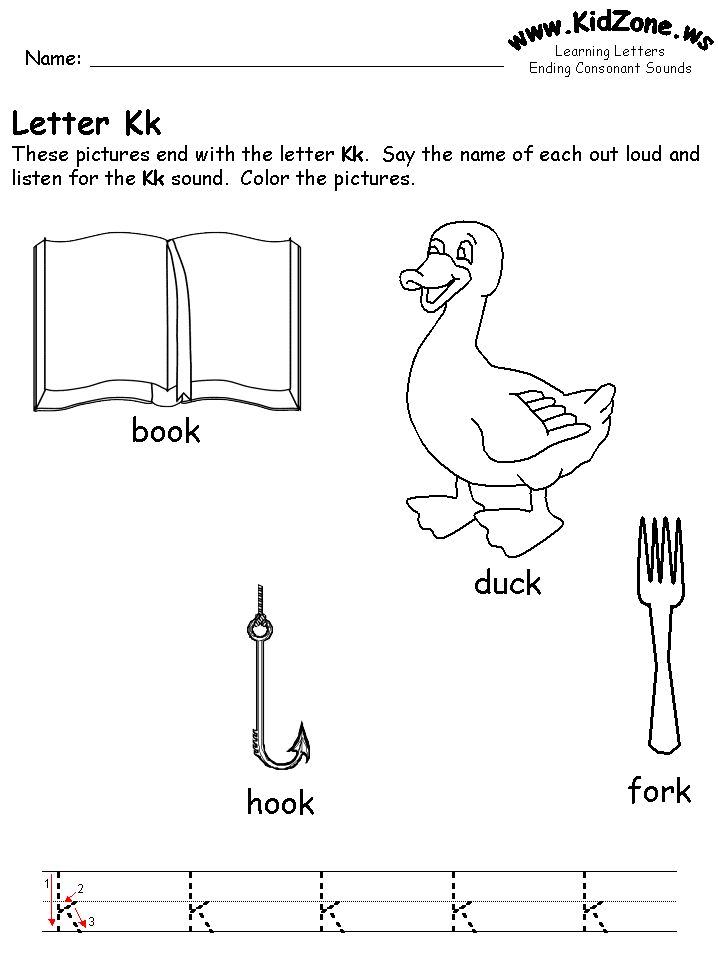 Now let's try to do the same.
Now let's try to do the same.
"Brushing your teeth"
The bigger the smile, the better. We draw the tip of the tongue along the teeth from the inside, as if cleaning them. One tongue is in motion, the jaw is motionless throughout the task.
"Whose one is longer"
Have a little contest. Try to reach your chin and nose with your tongue. Let the child repeat. nine0003
"Woodpecker"
Open your mouth wider, and tap your tongue on the upper teeth from the inside, pronouncing "d-d-d". Extremely helpful training.
Do not overload your child, take breaks. Have fun. During a break, ask your child to pretend to be a lion. Let him utter a formidable roar, like the king of beasts. Be sure to read tongue twisters with the letter "P", specially designed for this rhyme.
LEARNING TO PROnounce F, W, W, Y
Pronunciation of hissing is somewhat easier than the previous task. A slight difficulty is caused by "Ж" and "Ш". The reason is that the baby has not yet learned how to relax and stretch the tongue, touching the side teeth from above. It is especially noticeable when the baby tries to pronounce "F". nine0003
The reason is that the baby has not yet learned how to relax and stretch the tongue, touching the side teeth from above. It is especially noticeable when the baby tries to pronounce "F". nine0003
The following exercises will not cause any difficulties for the baby:
First, we learn to relax the tongue
Place the tongue below on the teeth, and tap it with the upper ones, pronouncing "ta-ta-ta". The tongue will relax. After that, tap the tongue with your upper lip, saying "pa-pa".
Lift the tip of the tongue up
A pleasant exercise for the baby, because the task will have to be chewed. The tongue is located on the lower lip, and the tip is protruded. Put a chewy candy on his tongue. The bottom line is elementary - stick a candy to the upper teeth. The kid must complete the task without resorting to the help of the jaw. Only language works. And see that your child does not eat candy ahead of time. nine0003
Blow air through the middle of the tongue
Place a piece of cotton wool on a table or some other flat, smooth surface.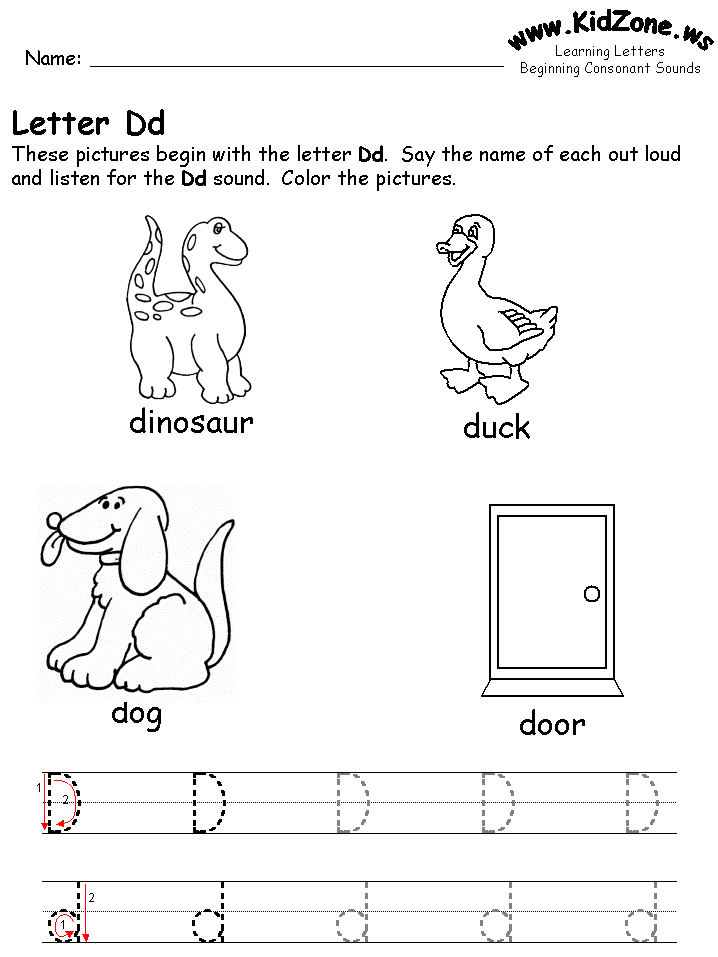 Starting position as in exercise number 3. Now ask him to blow off the cotton. Make sure that the baby does not puff out his cheeks and tries to pronounce the sound "F".
Starting position as in exercise number 3. Now ask him to blow off the cotton. Make sure that the baby does not puff out his cheeks and tries to pronounce the sound "F".
Blowing off the cotton wool from the spout
In this exercise, it is important that the child opens his mouth and places his tongue in the middle in the form of a groove. The fleece is located at the tip of the nose. Ask the baby not to turn his head, but to throw off the cotton wool with the help of air. To do this, you need to inhale air through your nose and exhale sharply up. The task is very useful and fun, both of you will certainly enjoy it. nine0003
Learning to say "F" and "Sh"
Holding your tongue, ask your child to say "SA". Then the tongue must be moved inward. As the tongue moves, the sound "SHA" will be produced. For "F", you should do the same, only initially pronounce "FOR".
Use words with "Ж" and "Ш"
All rhymes and songs with "Ж" and "Ш" will be useful.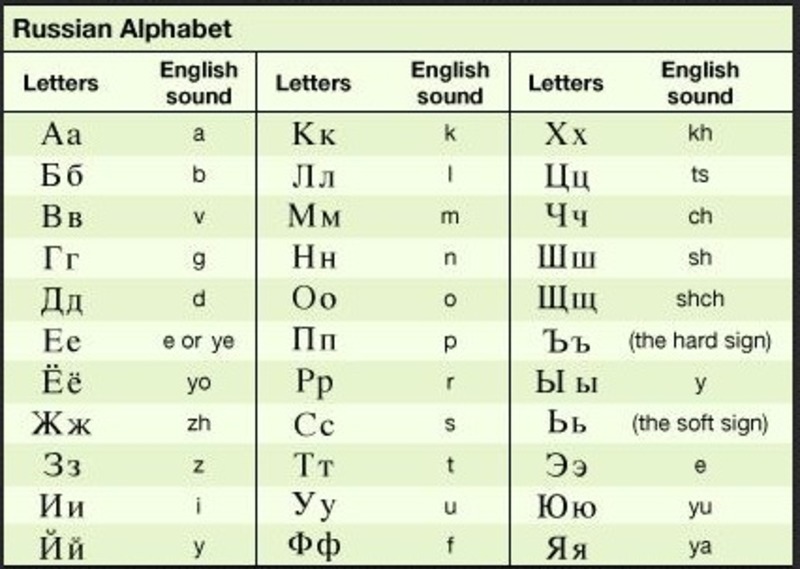 More so that you can alternate without bothering the baby with the same thing, otherwise he will get tired of him. The child should not lose interest in activities. Otherwise, what's the use of them. It's important that he likes it. Therefore, repeat different rhymes (songs) more often. nine0003
More so that you can alternate without bothering the baby with the same thing, otherwise he will get tired of him. The child should not lose interest in activities. Otherwise, what's the use of them. It's important that he likes it. Therefore, repeat different rhymes (songs) more often. nine0003
"Ch" sound
If the tongue is too tight, some difficulties will arise. "Ch" is formed from "Th" and "W". Initially, the tongue should touch the alveoli, pronouncing "TH", then relax and, passing air into the crack, get the sound "SH". Merged into one, both sounds will give the coveted "H". Despite the seeming complexity, within a short period of time, your baby will master this letter.
The letter "Ch" is also recommended to train with the help of rhymes saturated with this sound. nine0003
LEARNING THE PRONUNCIATION "З", "С" AND "Ц"
With a poorly developed vocal apparatus, it is difficult to pronounce the letter "C" well. Until he learns to pronounce it, it will not be possible to pronounce "З" and "Ц", "Зь" and "Сь".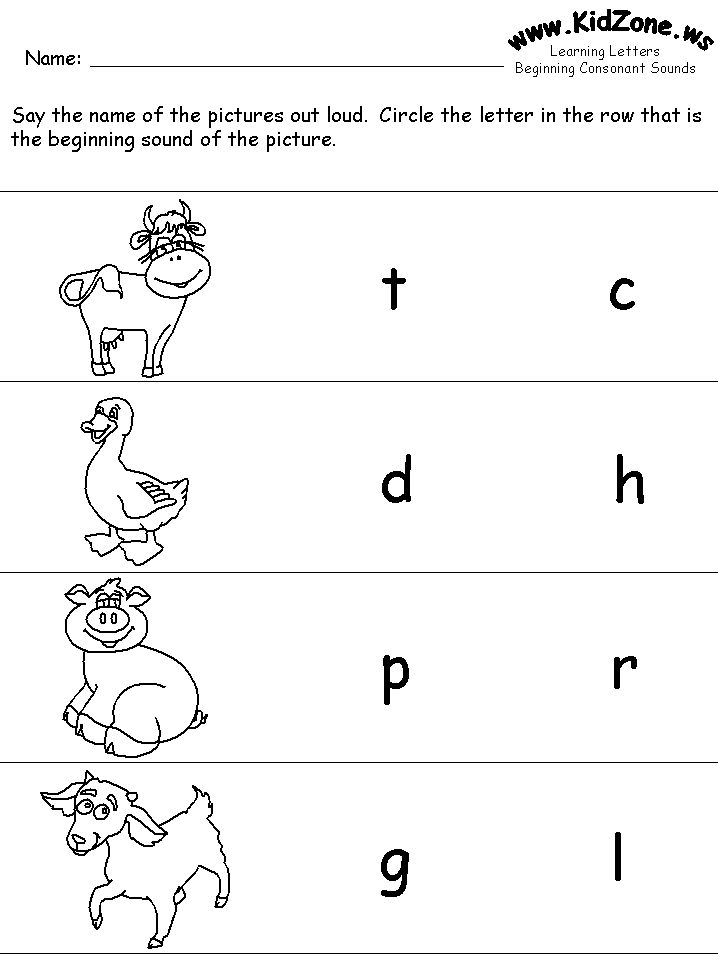 However, do not worry. Special training exercises will allow the child to master these sounds. Here are a few of them.
However, do not worry. Special training exercises will allow the child to master these sounds. Here are a few of them.
"Score a Goal"
Useful mini-football tournament. Build a gate. From anything, if only they were beautiful and liked by the baby. Roll a ball out of the cotton. The child must score a goal by blowing on the ball. Ask him to make sponges into a tube, and blow the ball in the direction of the gate. The jet is continuous, the cheeks cannot be inflated. By the way, in order to better learn how to roll lips with a tube, it is recommended to kiss the baby more often. nine0003
"Tongue song"
Nothing complicated. Let's sing "pah-pah-pah". The starting position for this is to put the tongue on the lower lip, open the mouth slightly and begin to slap with both lips. The air should come out smoothly and continuously. The lip does not tuck, the edges of the tongue touch the corners of the mouth.
"Pancake"
First, the baby must relax.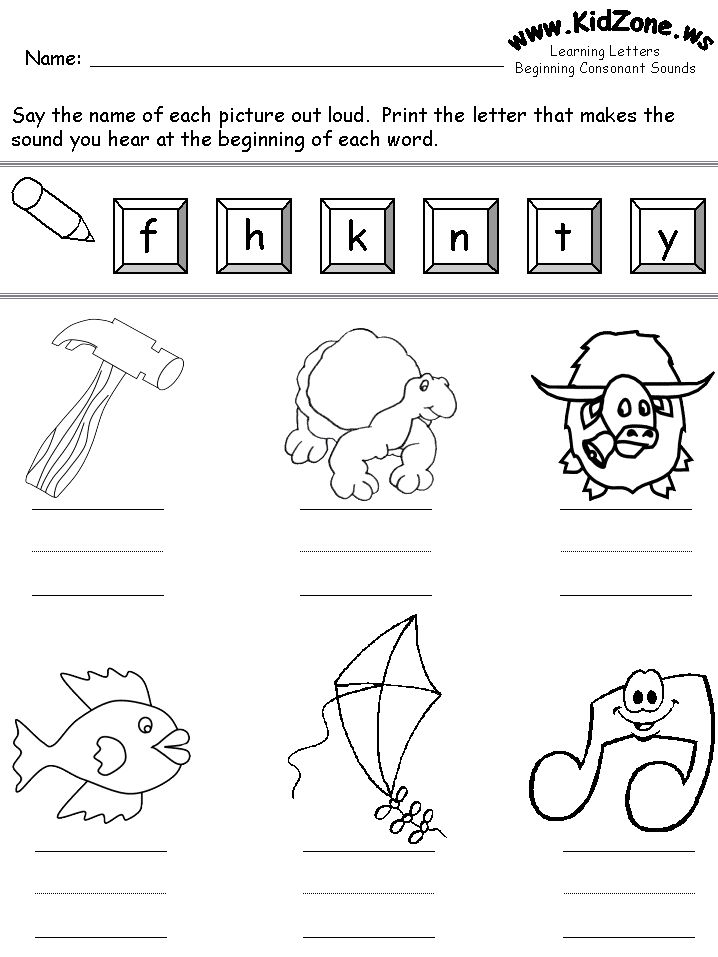 Including relax the tongue. All it takes is a smile. Tongue on lower lip. The smile should be relaxed, the tongue hanging slightly from the lips. nine0003
Including relax the tongue. All it takes is a smile. Tongue on lower lip. The smile should be relaxed, the tongue hanging slightly from the lips. nine0003
"Brushing teeth"
As above, but now brushing the lower teeth.
"С" and "З" are consonant consonants. Their exercises are the same.
"Ts" - a double sound, consisting of "T" and "S". The main thing is that the child learns to separate them from each other. Tell him to give him "SHSSSSSS". Then a short "TS". Got "C".
LEARNING TO PROnounce "K" AND "G"?
Like X, they are posterior lingual, i.e. for mastering it is necessary to raise the tongue high. If the child fails to pronounce them, then he does not raise the tongue enough, in the absence of congenital pathology. Getting the tongue to rise will also require some practice. nine0003
"Slide"
Use cotton wool or other lightweight material. We roll a ball out of it. We put it on the baby’s hand, and ask him to blow it off the palm of his hand.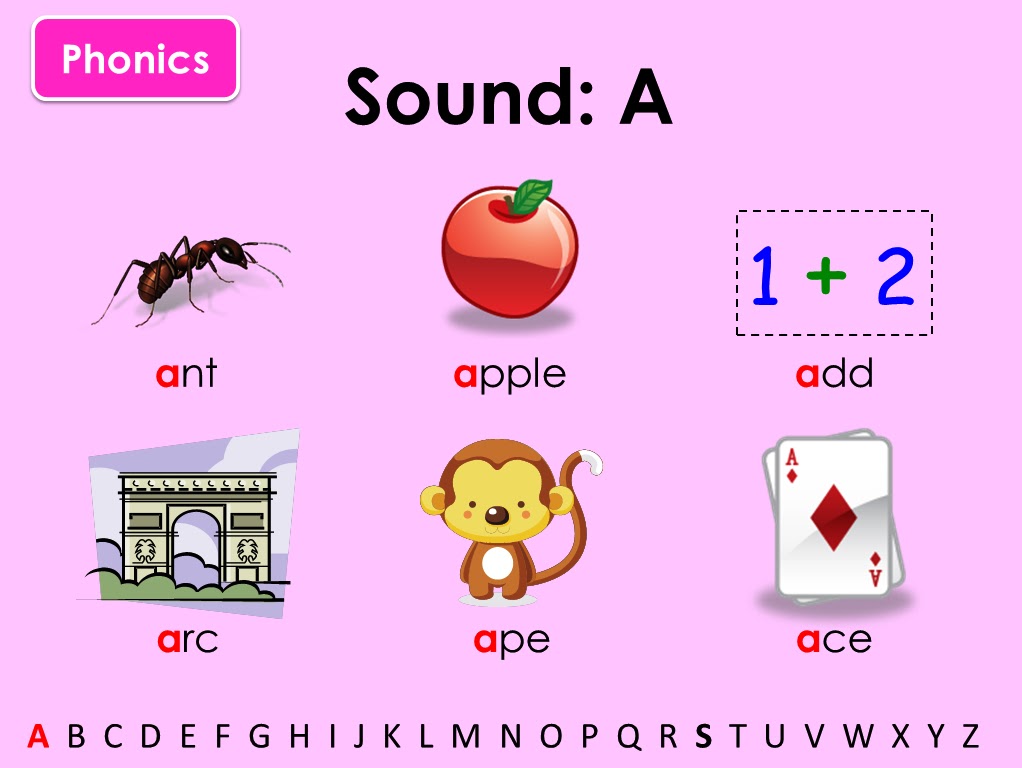 Ask him to open his mouth. The root of the tongue is in an elevated position, and the tip is lowered. Then let him exhale quickly. To your joy, the sound "K" is formed, to the joy of the child - he did well, the task was completed successfully.
Ask him to open his mouth. The root of the tongue is in an elevated position, and the tip is lowered. Then let him exhale quickly. To your joy, the sound "K" is formed, to the joy of the child - he did well, the task was completed successfully.
"Spoon"
The kid slowly pronounces "ta-ta-ta". Your task is to take a small spoon and, gently moving your tongue, lightly press on it. Instead of “ta”, the baby will say “tya”, then “kya”, and then “ka”. Not everyone succeeds at once. The main thing is to continue to press with a spoon. nine0003
Deviations that interfere with the correct pronunciation:
- the membrane under the tongue may be shorter than expected, which will naturally cause difficulty in the movement of the tongue;
- the tongue may be too small or too large;
- if the baby has thin or puffy lips, this will cause difficulty in the functioning of the speech organs;
- presence of dentoalveolar deviations;
- the presence of hearing impairments (the child either does not hear or hears sounds poorly).

